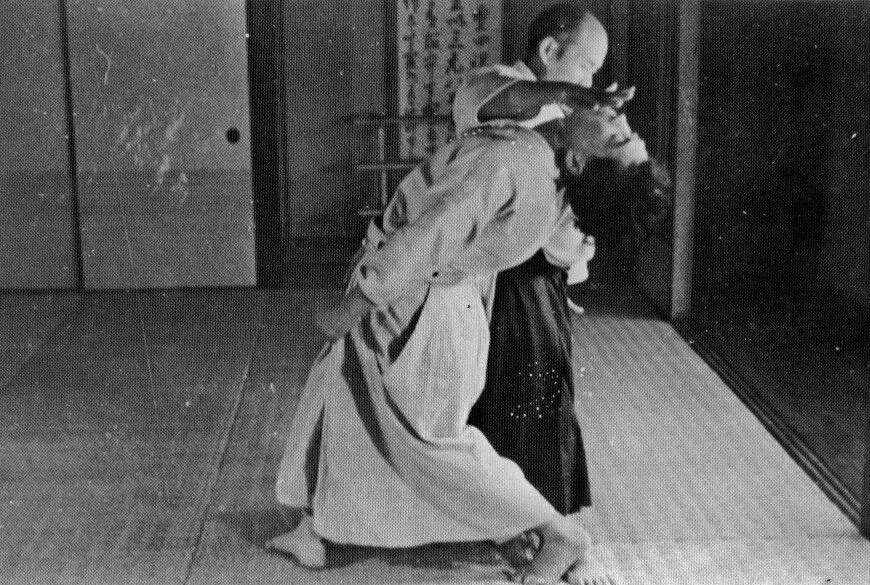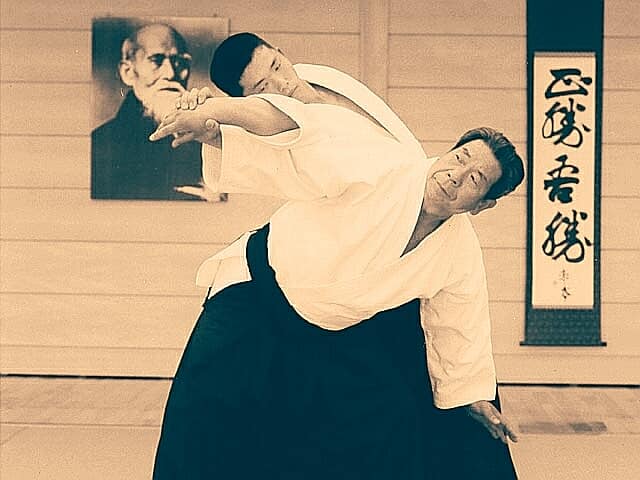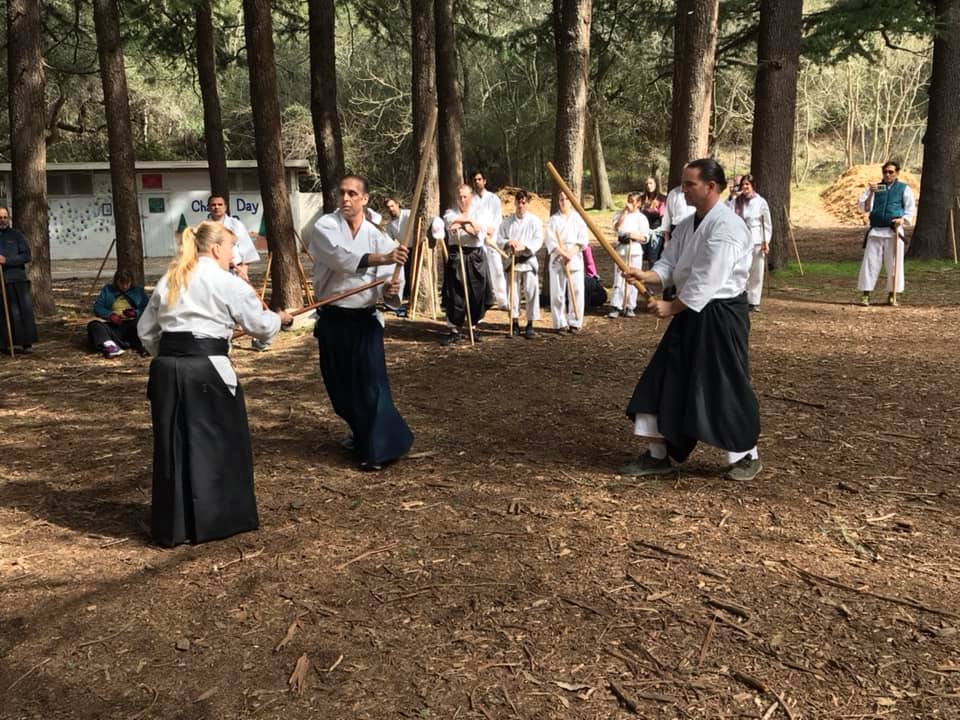
The History of Aikido
Aikido, a traditional Japanese martial art, was developed by Morihei Ueshiba (1883-1969) in the first half of the 20th century. The Aikido technical repertoire, derived in large part from Daito-Ryu Aiki-Jujutsu, largely uses joint locks, pins, and throws in response to an attack. While Aikido includes the use of strikes, or atemi, this isn’t the primary focus. Aikido techniques focus on controlling an opponent by taking his or her balance, followed by either immobilization or a throw.
What is Aikido?
Aikido is a unique martial art, in that it isn’t solely a system of combat. It’s also a means of self-cultivation and self-improvement. As a rule, Aikido doesn’t have tournaments, competitions, or contests. Aikido is taught in a cooperative environment, at a pace commensurate with the abilities of individual students. As students advance, technique execution advances to include addressing “resistance” and “pressure” during attacks. This doesn’t reflect negatively on the potential of Aikido techniques for self-defense. The prohibition of competition and the use of cooperative training methods allows students to practice potentially dangerous techniques with reduced risk of injury. The overall objective is to learn together in a reduced-risk environment that supports development of solid, effective, martial technique.
To learn more about Aikido, please feel free to contact us or drop by our dojo to visit. The Aikido FAQ , a comprehensive online reference, developed over several decades, is also an excellent place to start.


Traditional or “Iwama-Ryu” Aikido
In 1940, O Sensei purchased property and began construction of a home and dojo in the town of Iwama (located in the Ibaraki Prefecture, about 100 km NE of Tokyo). This is the dojo where O Sensei spent the latter half of his life. Morihiro Saito began training at the Iwama dojo in July 1946. Saito Sensei continued studying under O Sensei until Ueshiba Sensei’s untimely passing in April 1969. Saito Sensei spent the rest of his life codifying, organizing and teaching what he learned directly from O-Sensei. He continued teaching the founder’s Aikido, as dojo-cho of the Iwama Dojo and guardian of the Aiki Shrine, until his passing in 2002. He left a well defined legacy that is called Iwama-Ryu Aikido.
How is Iwama-Ryu Aikido Different?
Iwama-Ryu Aikido is fundamentally based on the union of ken (sword), jo (staff), and taijutsu (body) techniques. The Iwama-Ryu teaching methodology focuses, in the early stages of training, on kihon waza, or fundamental techniques. Beginners start with attacks/holds from a static, non-moving, position. This encourages an understanding of the mechanics of individual techniques (angle of movement, extension, unbalancing an opponent) and develops strong balance and stability. After establishing a solid foundation, students move on to study more complex techniques, including reversals and dynamic responses to “pressure”. The basic Iwama-Ryu Aikido technical curriculum consists of more than 500 defined techniques against a complete variety of possible attacks.


Weapons Training
Weapons training is an essential, and inseparable, component of the Iwama-Ryu curriculum. Iwama-Ryu Aikido students train extensively with both bokken (aiki-ken) and jo (aiki-jo). Weapons practice helps the student embody proper weight distribution, hip movement, proper stance and proper timing/distance. Weapons training also helps students learn to extend their range of control, providing a foundation for more advanced Ki no Nagare techniques.
Come Explore Iwama-Ryu Aikido
Iwama-Ryu, like other styles of Aikido, emphasizes a harmonious response to an attack. The objective isn’t to defeat an attacker. Ultimately students learn to blend with an attacker’s aggressive action, taking control of conflict, and diffusing it, while simultaneously seeking to minimize harm. We believe that robust and dedicated training represents the path to understanding and embodying Aikido.

